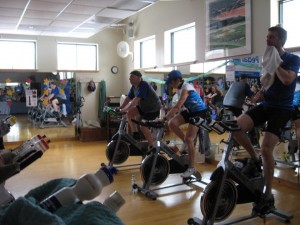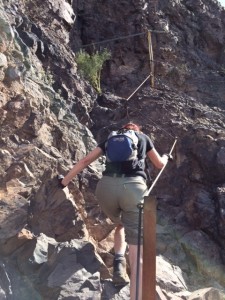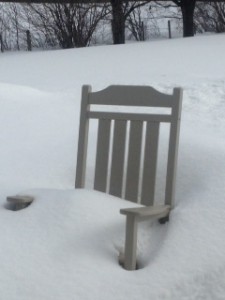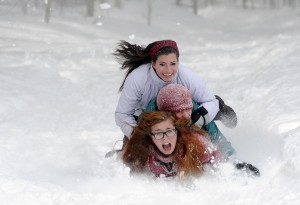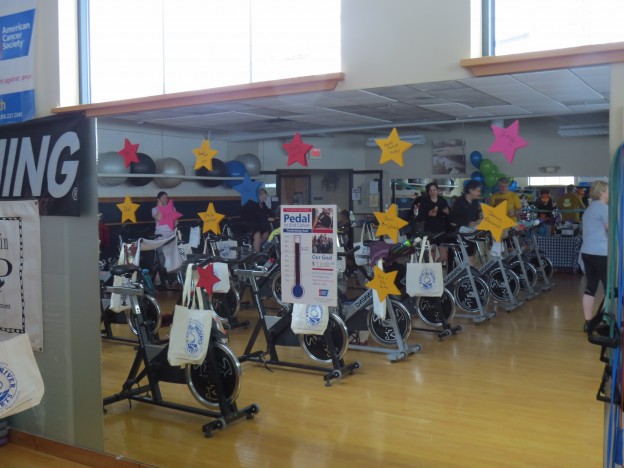Active individuals collectively form a community of athletes irrespective of sport, fitness, skill level, competitive ranking, gender, age, socio-economic background or address. If you move deliberately, train purposefully and do so regularly, you are an athlete. You may run a marathon or walk a 5k; ride 100 miles or participate in a weekly time trial; paddle rapids, race or meander about in coves; tour through the woods or bump down steeps.
Some are gym-based athletes lifting, running, stepping and dancing within four walls. Here in Vermont, most are outdoor athletes at some point during the year if not all year round participating in a variety of sports appropriate to the climate and conditions of each season. But all are athletes.
A web definition of community is: “a feeling of fellowship with others, as a result of sharing common attitudes, interests, and goals.”
That, friends, is exactly what brings together cyclists, runners, hikers; friends, neighbors, families and strangers – all within a shared, athletic community.
This week the new Spinning® website, ilovespinning.com, launched. I was privileged to be a part of this new beginning. (http://ilovespinning.com/athletes-spinning-class-level-playing-field/)
Writing the Spinning® blog post made me stop to consider the value of community. High school and college team sports often segue into individual sports. Individual sports trained in a vacuum run the risk of burn-out. There are, of course, times when one can speak eloquently of the value of solitude and silence. Perhaps solo and ensemble are necessary. Community promotes safety, motivation and progress. Conversation enlightens, shared effort sustains. There is an intimacy that occurs among athletes who lay down the miles together, a closeness that adds new meaning to the work as intensity transcends struggle to reach achievement.
Today I met with a beautiful person who is an equally beautiful runner. Without sentimentality, but with strong emotion, she spoke of her Boston Marathon experience 2013. Her story will appear in ActiveVT, Rutland Herald/Times Argus Sunday edition 4-20-2014, the day before the 2014 Boston Marathon. Over and over she spoke of her running community, as both local and universal. From her friends at work to her running club to the thousands upon thousands of marathoners who run, she is supported by her community. She is never alone.
This year she will return to Boston, not physically accompanied by her running partners, but as part of a larger-than-life group of like-minded individuals striving for the same goal. Her running community will be within her.
If you do not have a group with whom to engage, make one. Call a relative, email a friend, ask them to bring another along and voila you have a community. Like everything else, it takes initiative, but it’s worth it. Once a part of that amazing community, you will never run (walk, hike, ski, paddle, ride, etc) alone.

